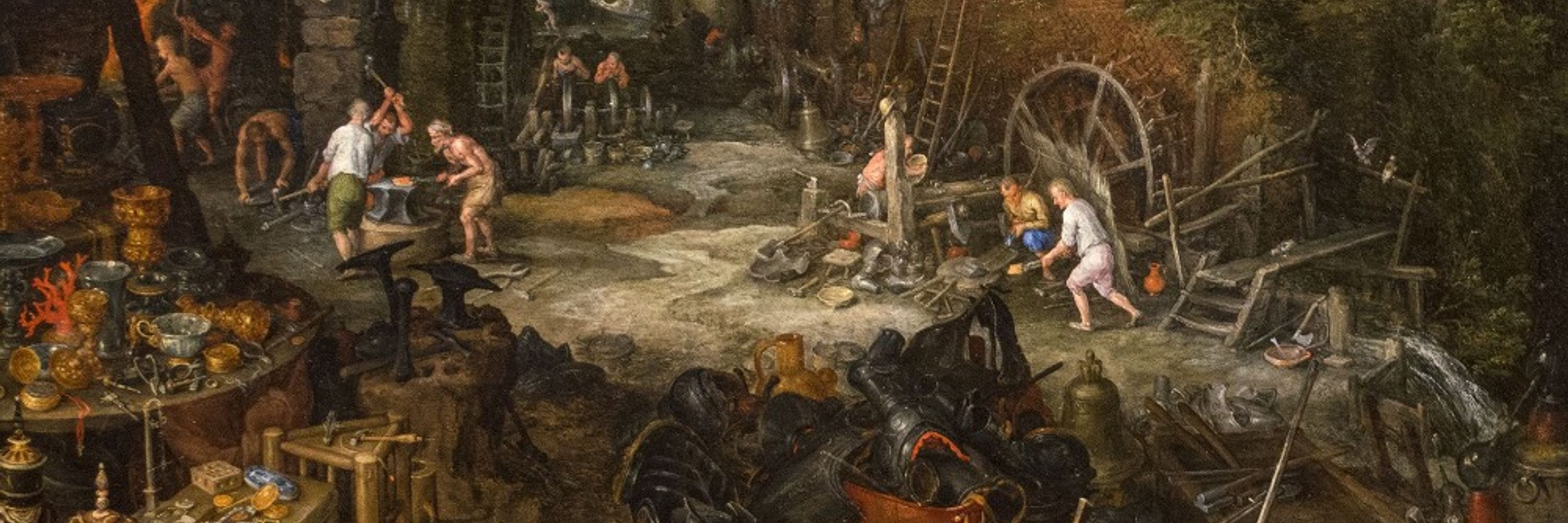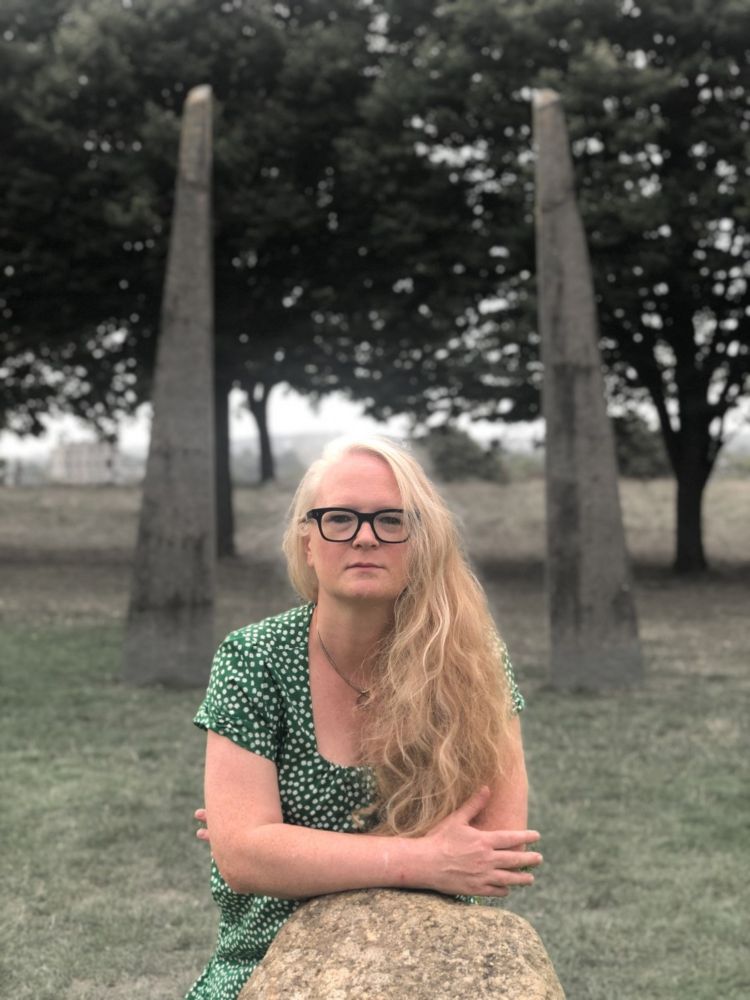
https://tinyurl.com/4ynbth3x
Screws 🔩 & the assemblage of objects of art & science in the early modern German-speaking lands
My late father—librarian, bookstore owner & history lover—who spent the better part of his life advocating for the importance of reading would roll over in his grave if I'd ever let a machine do the reading for me. I'll happily keep pulling my hair out over old scripts!
My late father—librarian, bookstore owner & history lover—who spent the better part of his life advocating for the importance of reading would roll over in his grave if I'd ever let a machine do the reading for me. I'll happily keep pulling my hair out over old scripts!
Getting excited for the next stop: Munich 🤩


Getting excited for the next stop: Munich 🤩
I'm working with documents that list the incomes of medieval French lordships, so a lot of it is about grain.
I'm working with documents that list the incomes of medieval French lordships, so a lot of it is about grain.


Andrew W. Mellon Curator of Rare Books and Prints at the @folger.edu
amherst.wd5.myworkdayjobs.com/en-US/FSL_Em...
Andrew W. Mellon Curator of Rare Books and Prints at the @folger.edu
amherst.wd5.myworkdayjobs.com/en-US/FSL_Em...
manchesteruniversitypress.co.uk/9781526165893/

manchesteruniversitypress.co.uk/9781526165893/
Next year, I will be working as a Scholar-in-Residence at the Deutsches Museum in Munich for several months, researching the "Arts of Early Modern Screwmaking."
On the merits of my project! 💪
Next year, I will be working as a Scholar-in-Residence at the Deutsches Museum in Munich for several months, researching the "Arts of Early Modern Screwmaking."
On the merits of my project! 💪
Next year, I will be working as a Scholar-in-Residence at the Deutsches Museum in Munich for several months, researching the "Arts of Early Modern Screwmaking."
On the merits of my project! 💪
www.liverpooluniversitypress.co.uk/doi/book/10....

www.liverpooluniversitypress.co.uk/doi/book/10....
I'll go first: Jocelyn Bell Burnell
Assistant Professor in the History of Knowledge Pre-1400,
University of Cambridge
www.cam.ac.uk/jobs/assista...
Assistant Professor in the History of Knowledge Pre-1400,
University of Cambridge
www.cam.ac.uk/jobs/assista...
1) Gregorian Calendar (1585)
#rarebooks #bookhistory 💙📚📜
/1



1) Gregorian Calendar (1585)
#rarebooks #bookhistory 💙📚📜
/1

#EarlyModern #ArtHistory 🏛️

#EarlyModern #ArtHistory 🏛️
shorturl.at/neVQ6
shorturl.at/neVQ6
More photos and link to the history/architectural development of the building in a short thread below…

More photos and link to the history/architectural development of the building in a short thread below…




